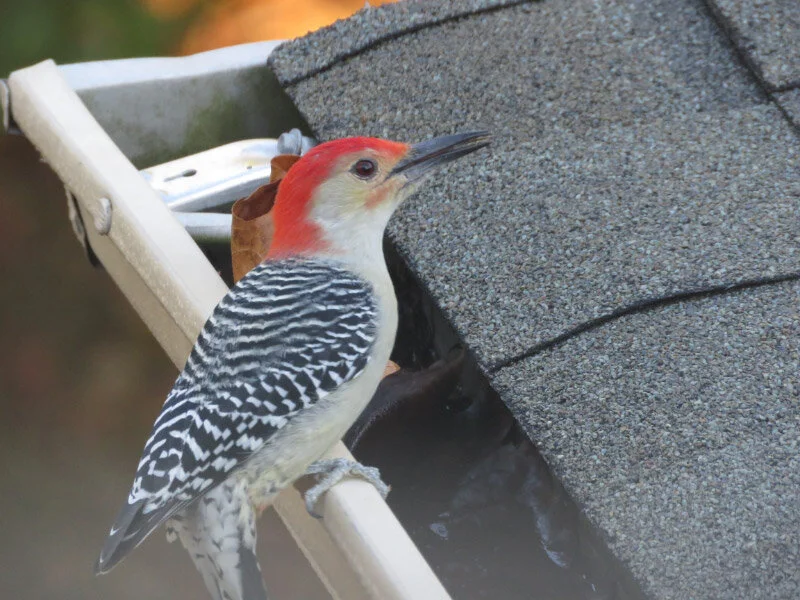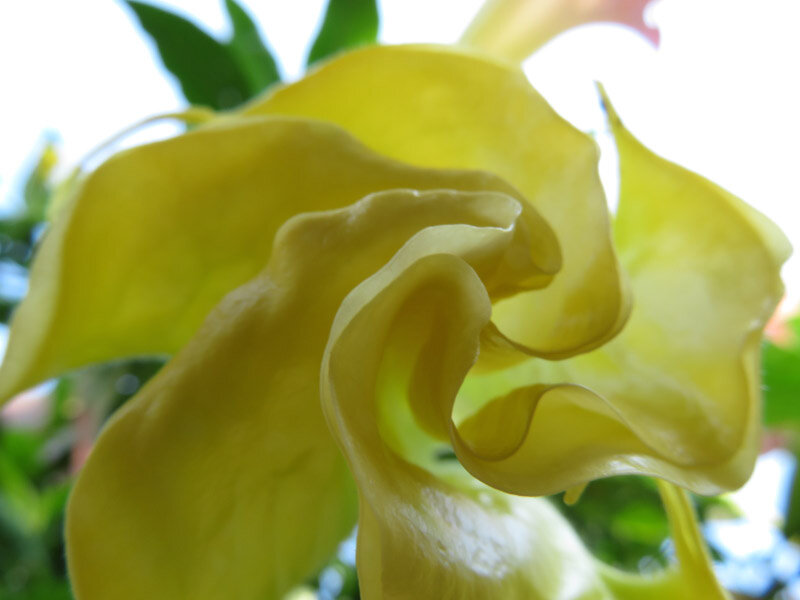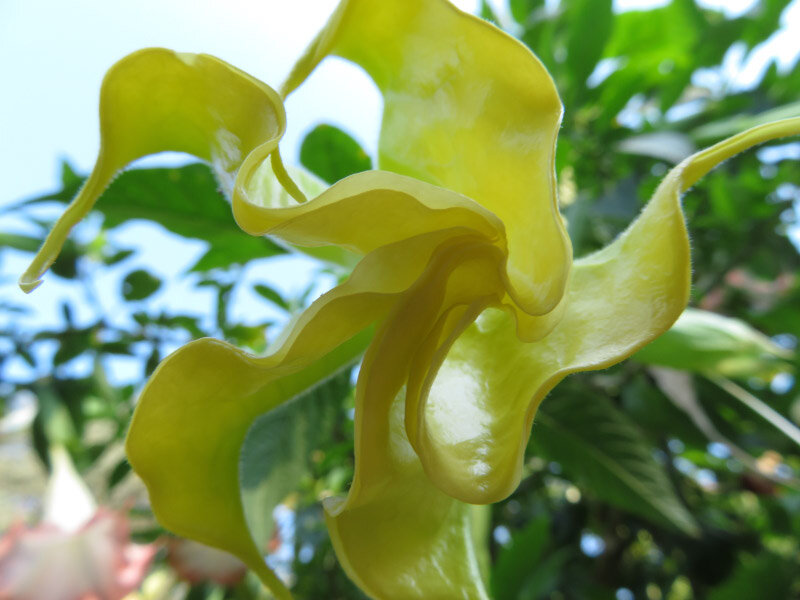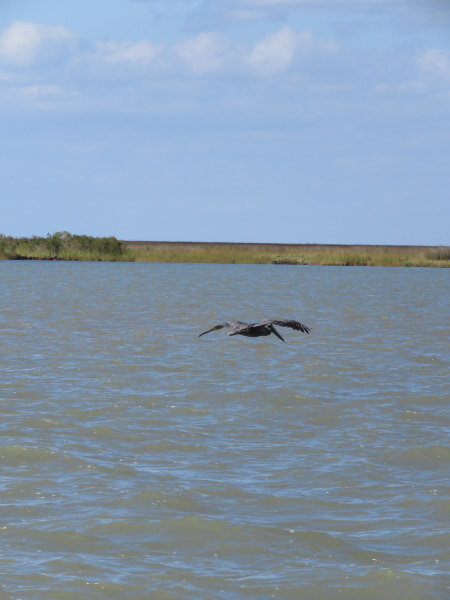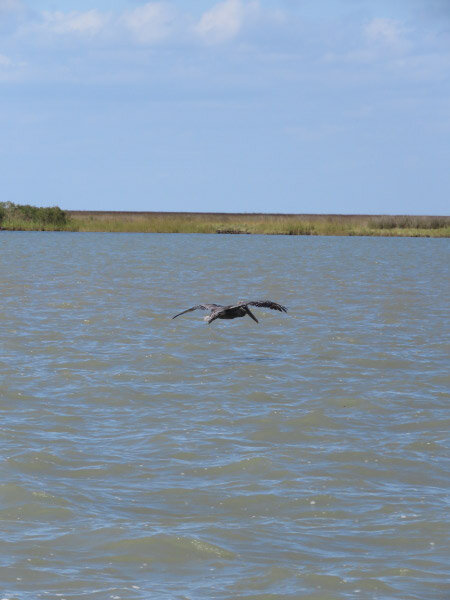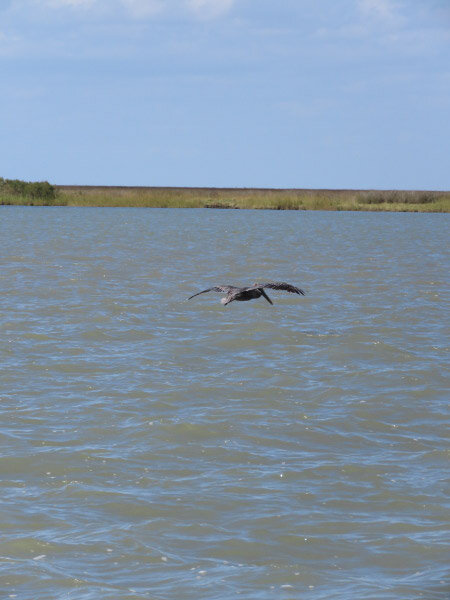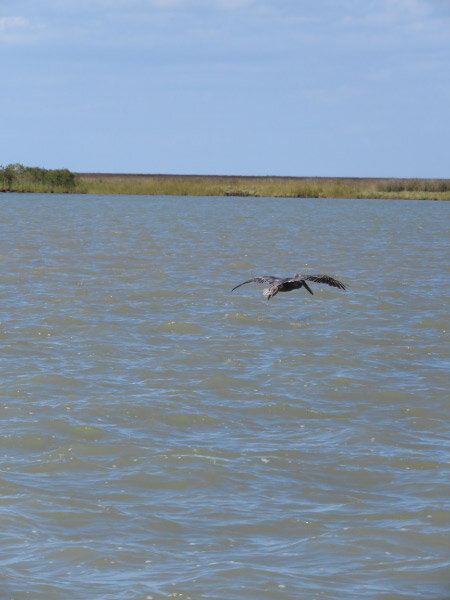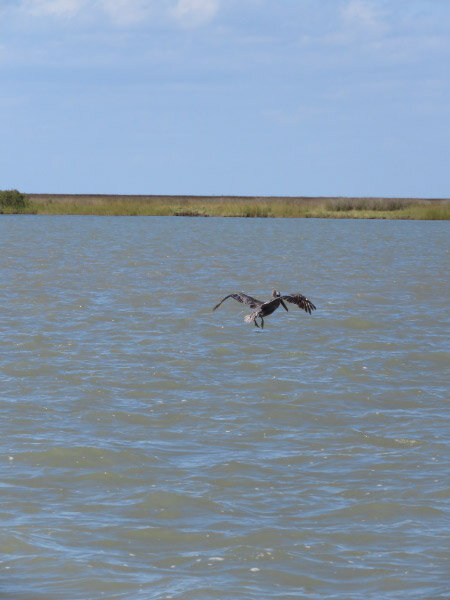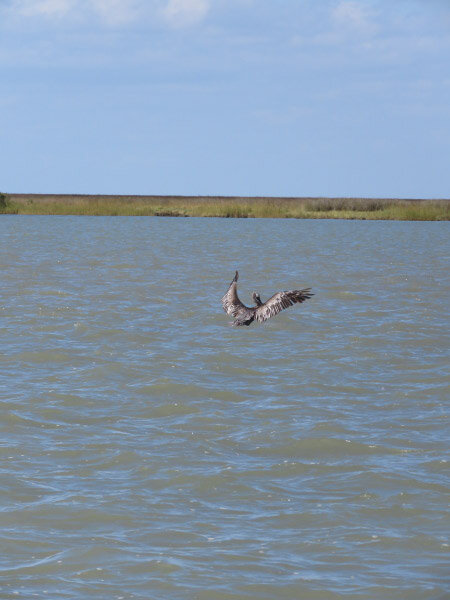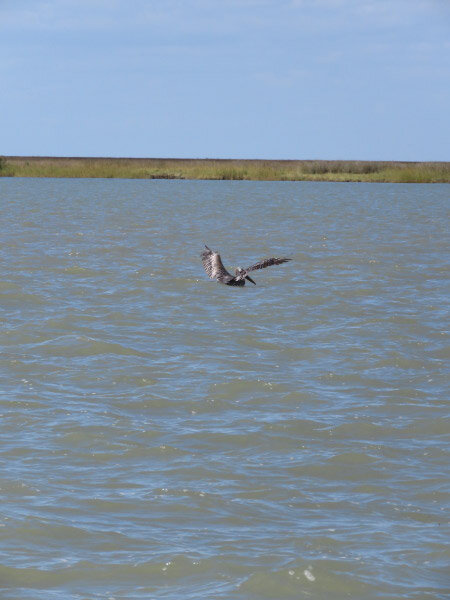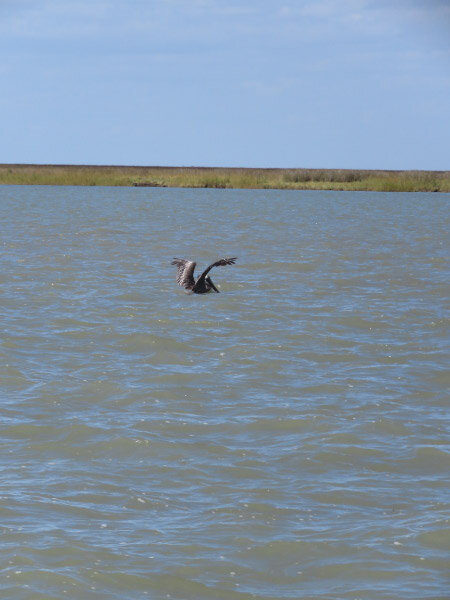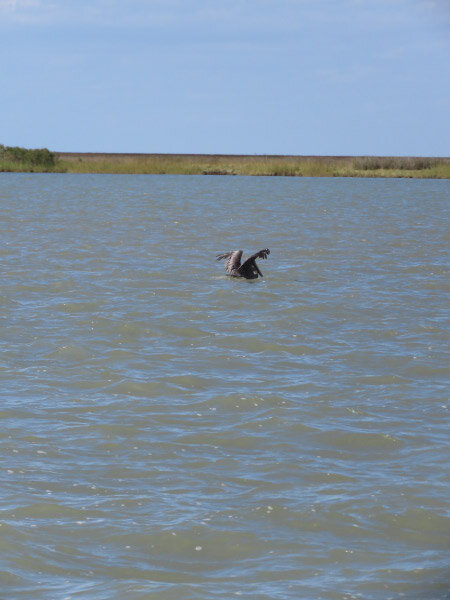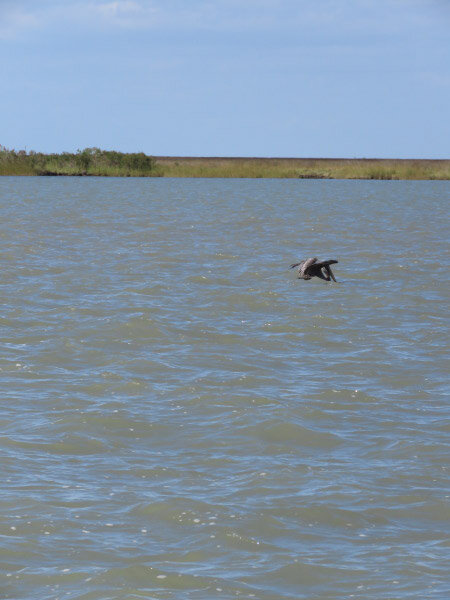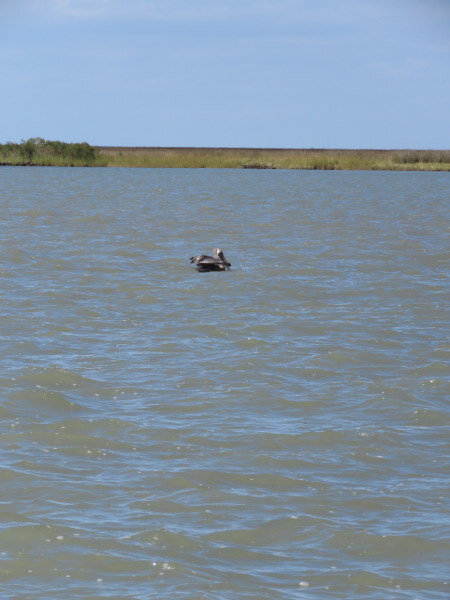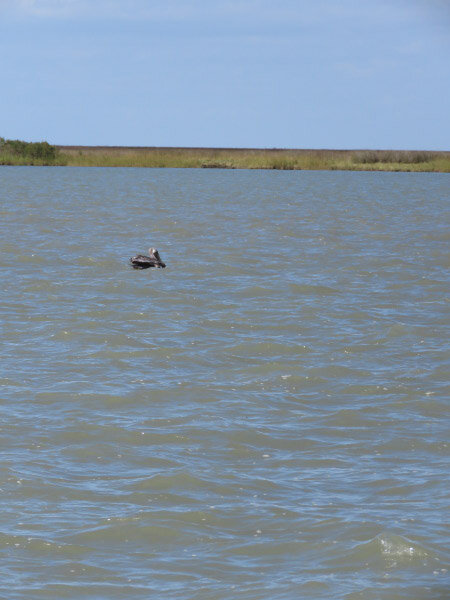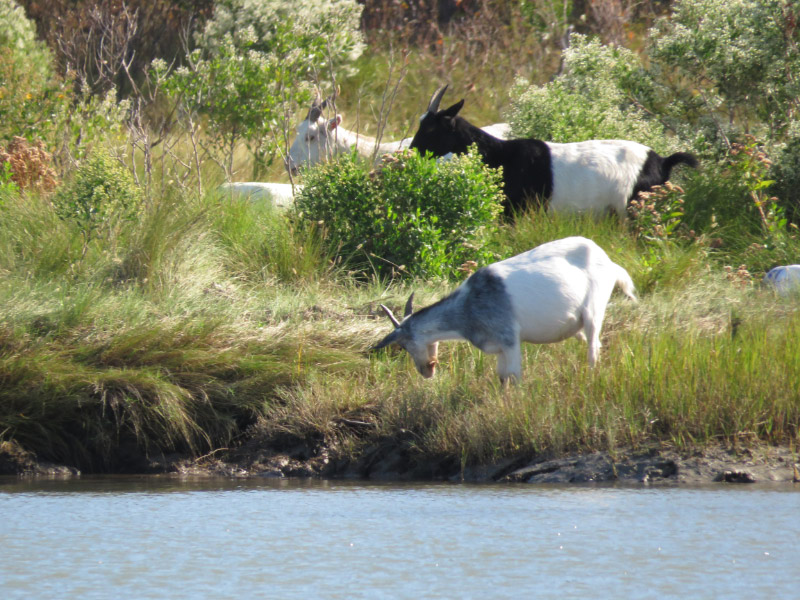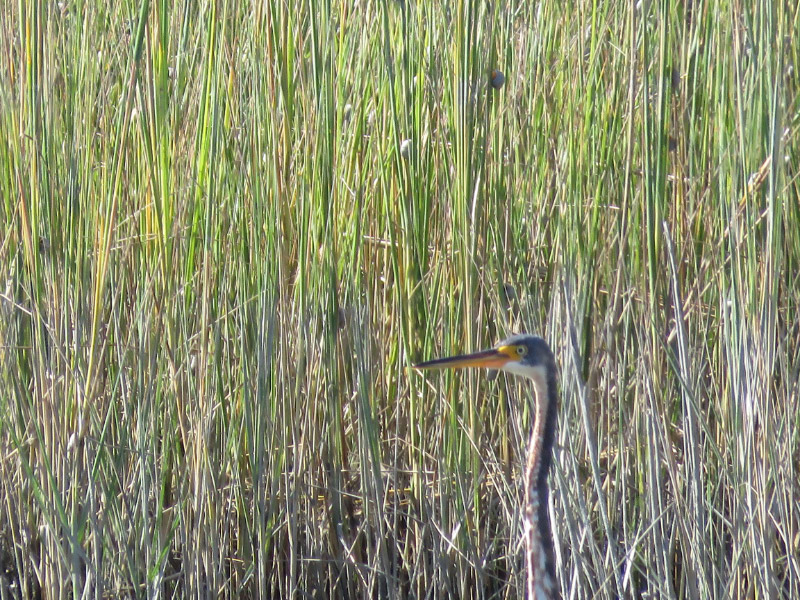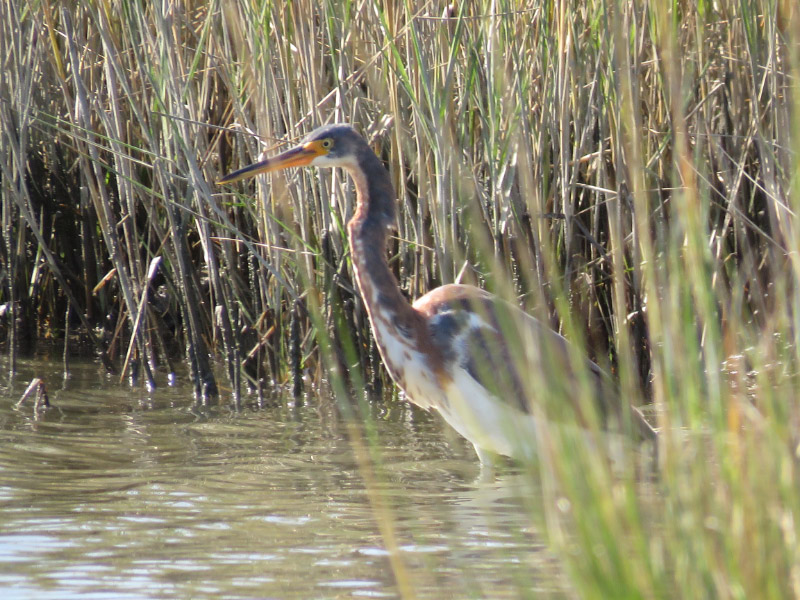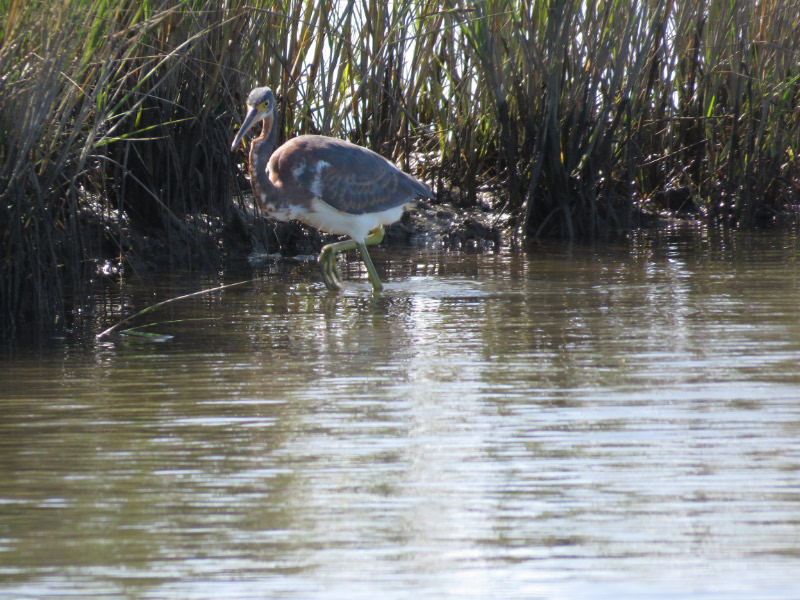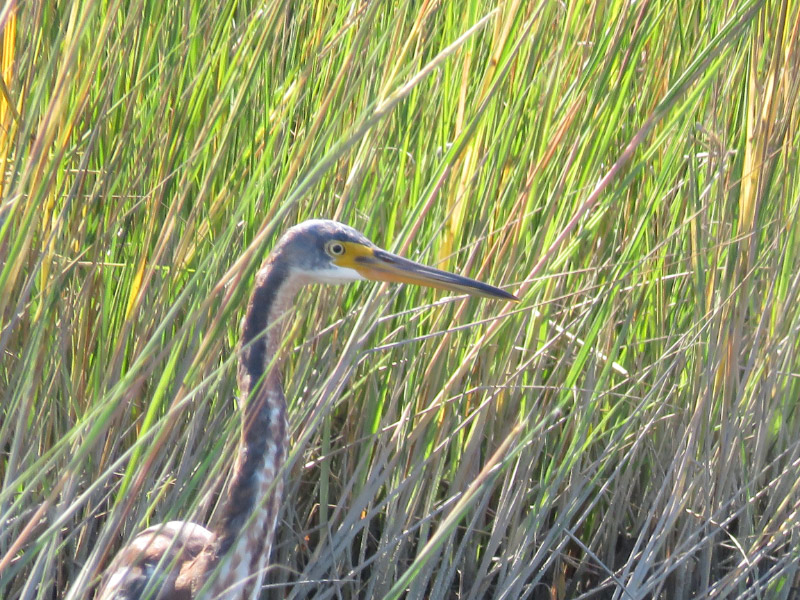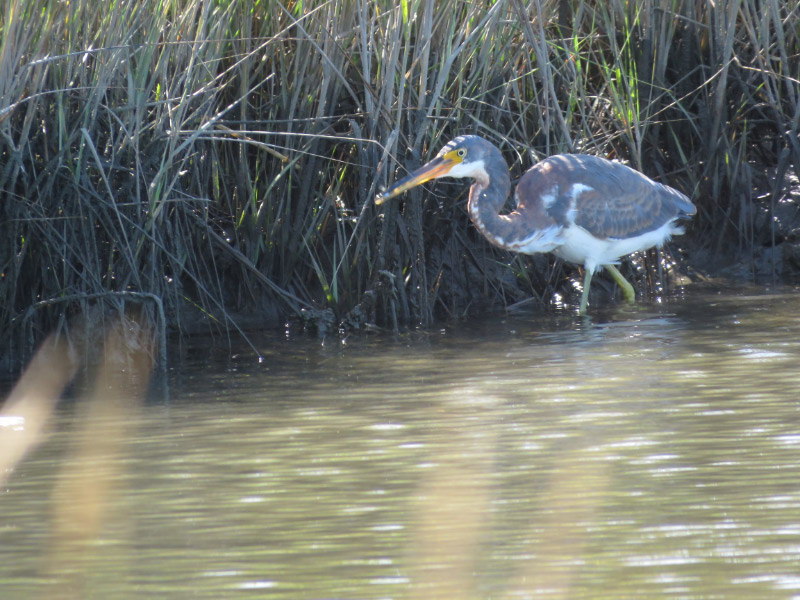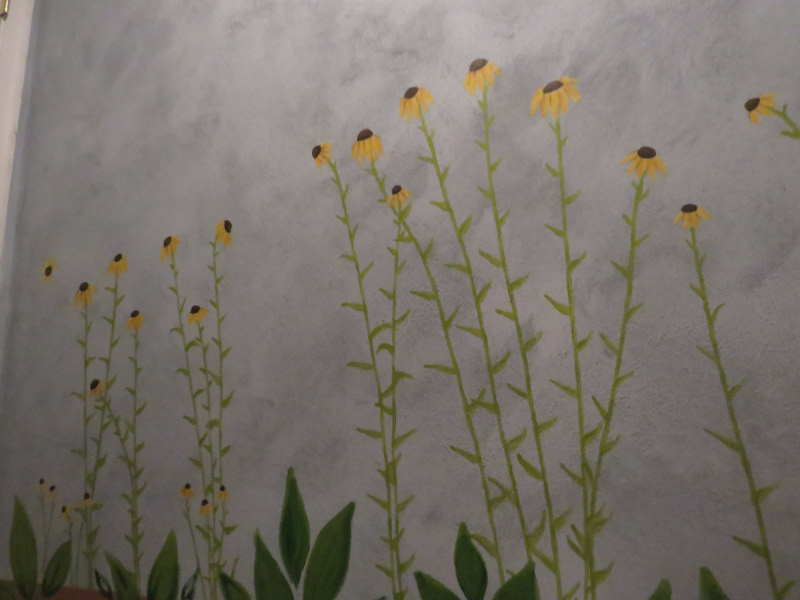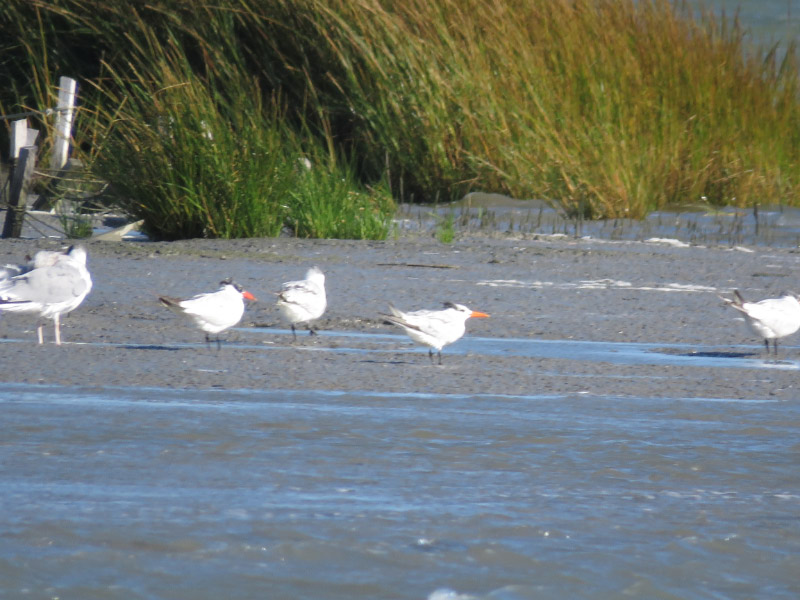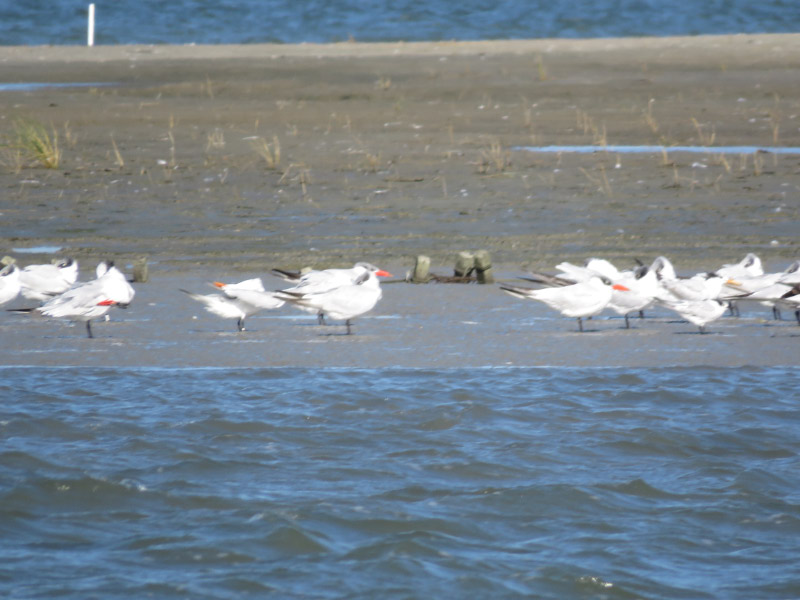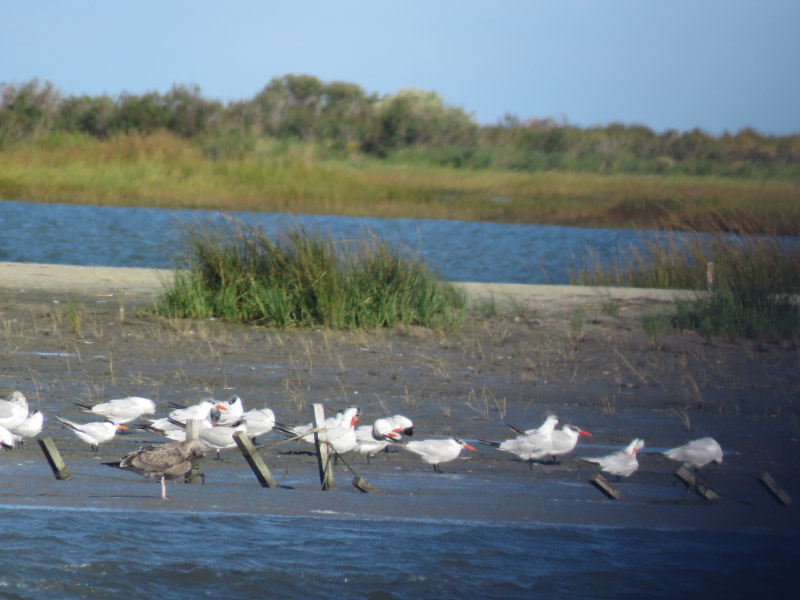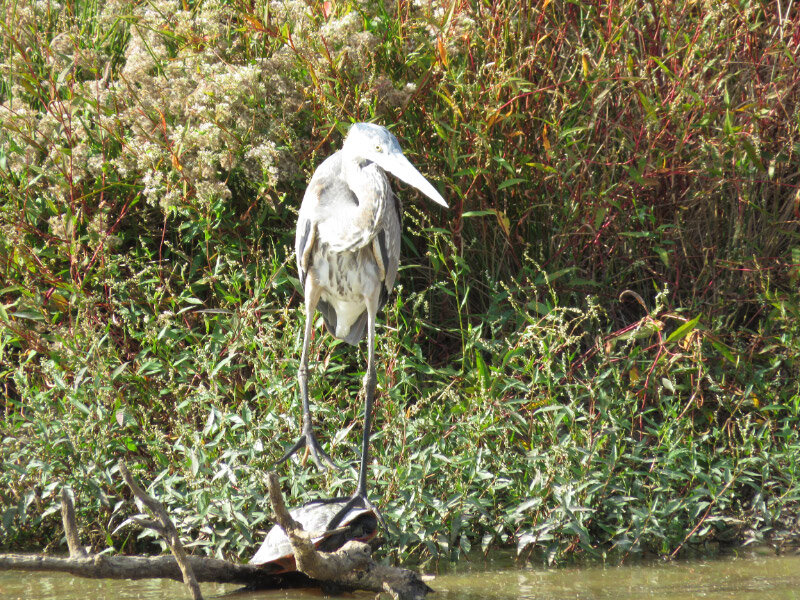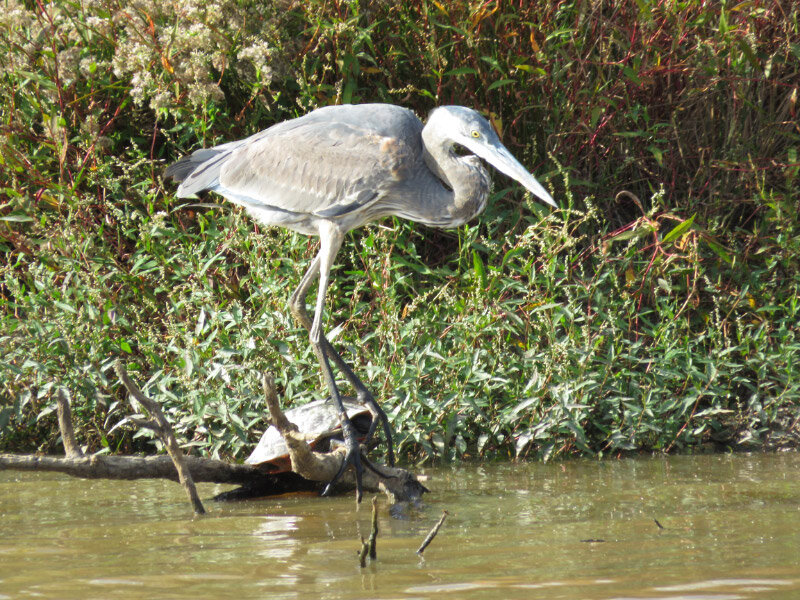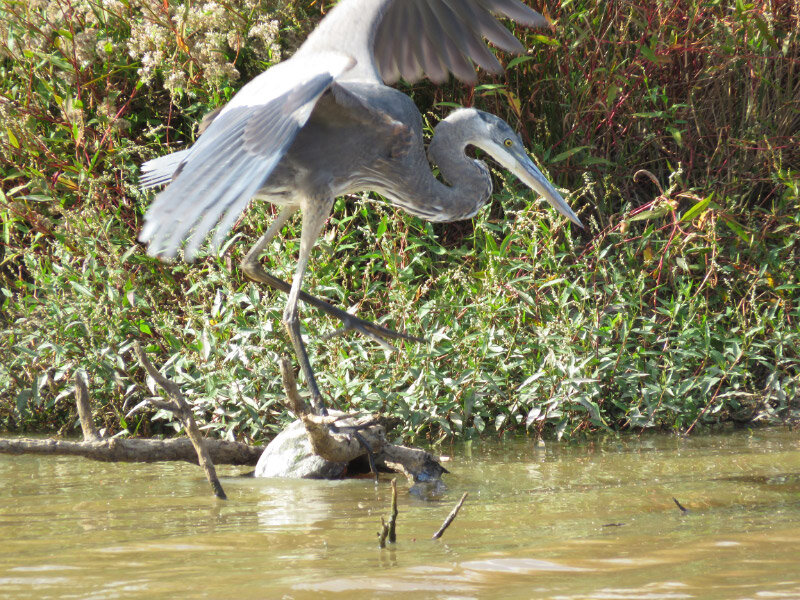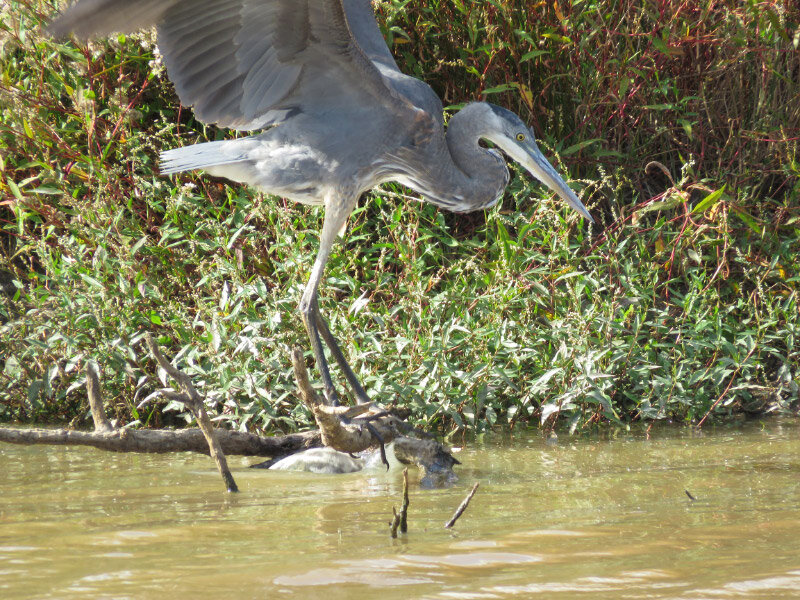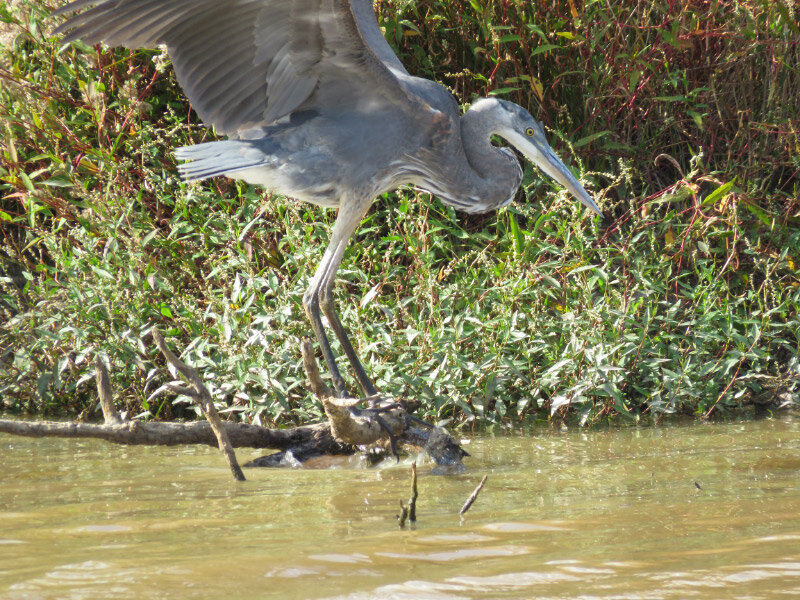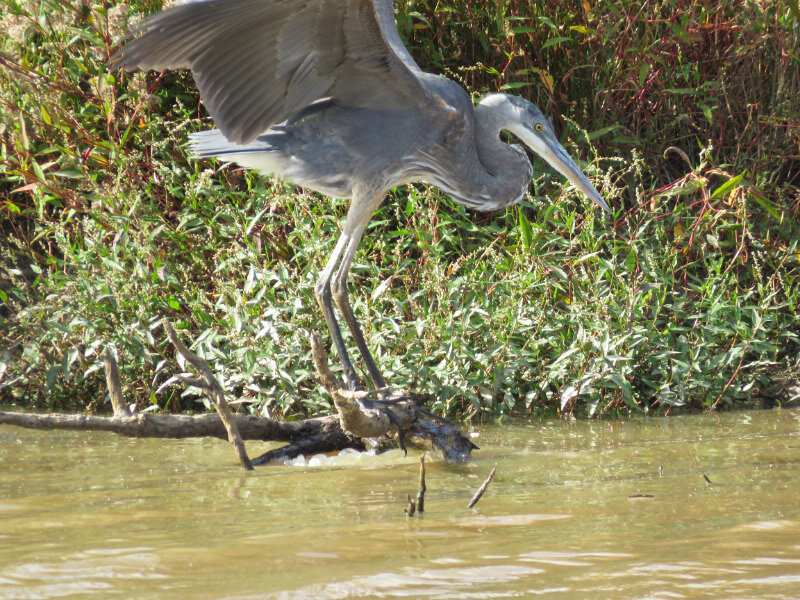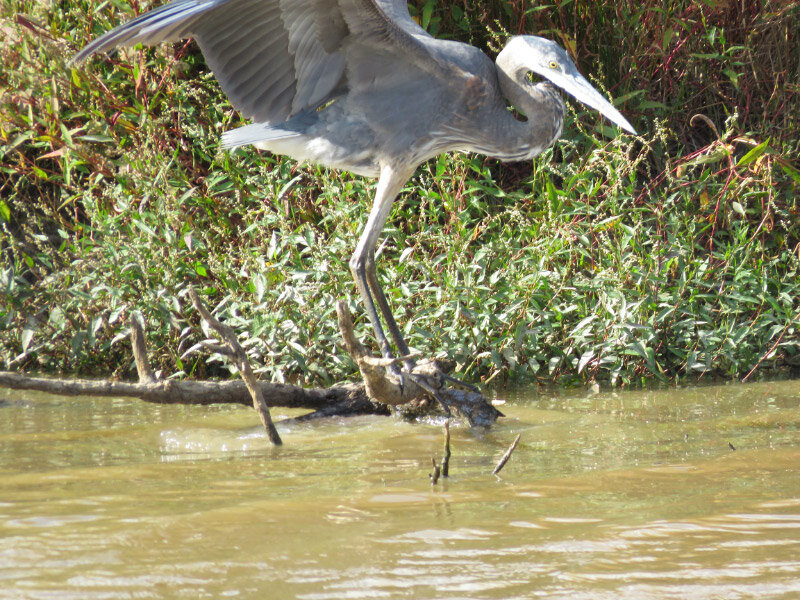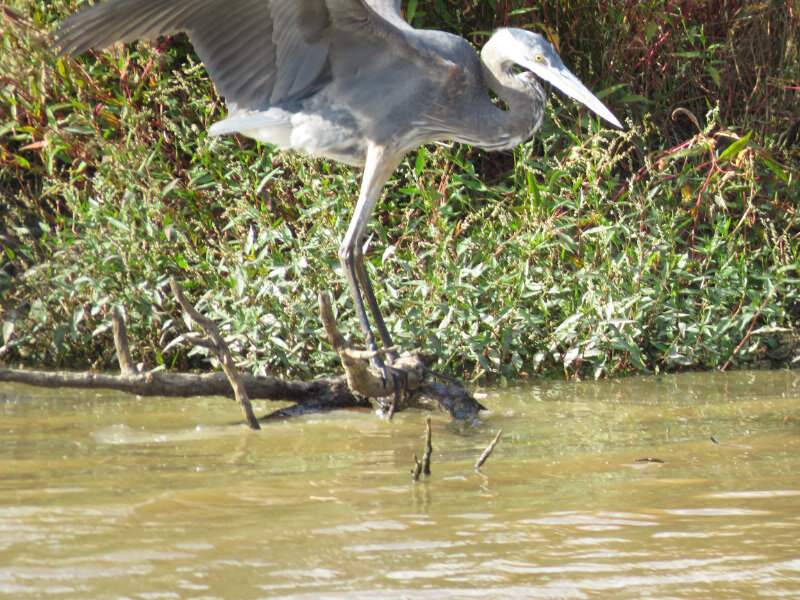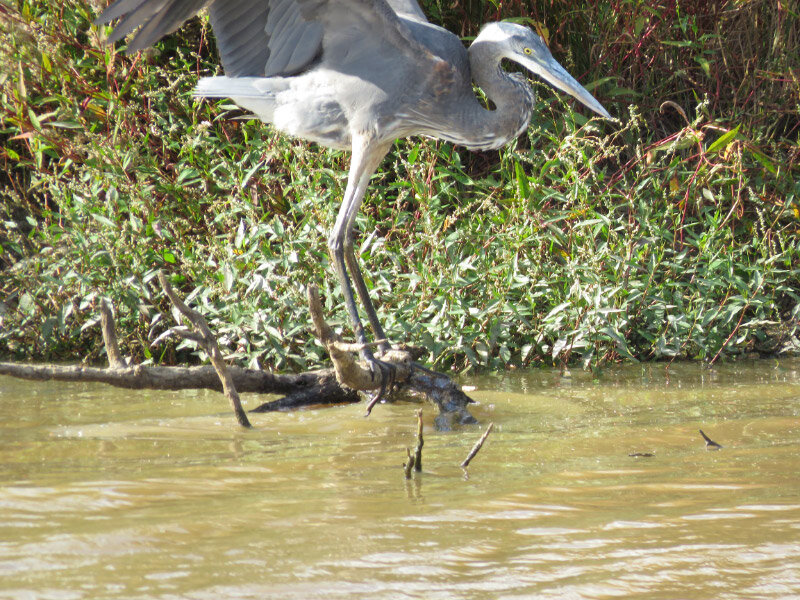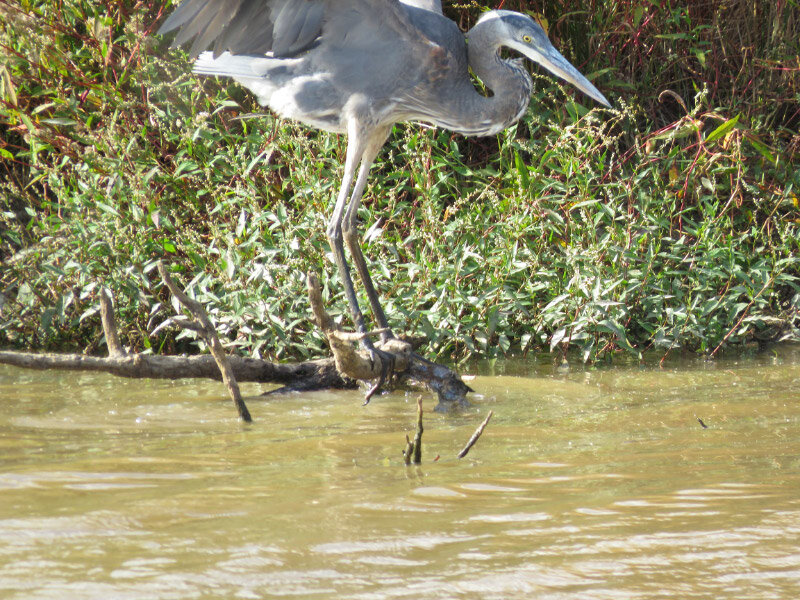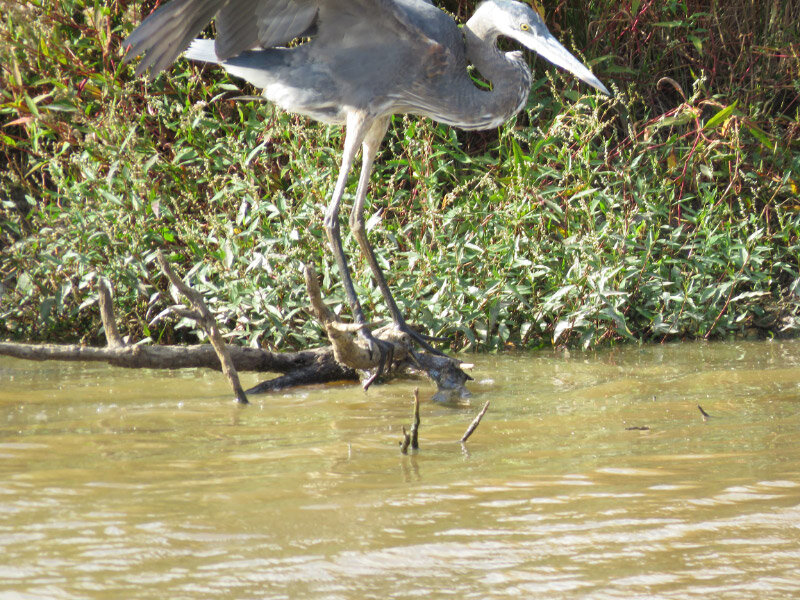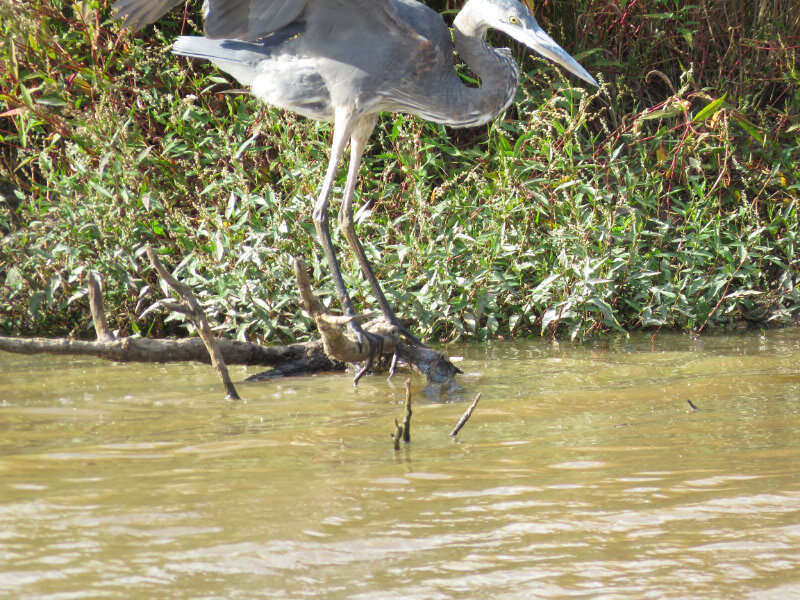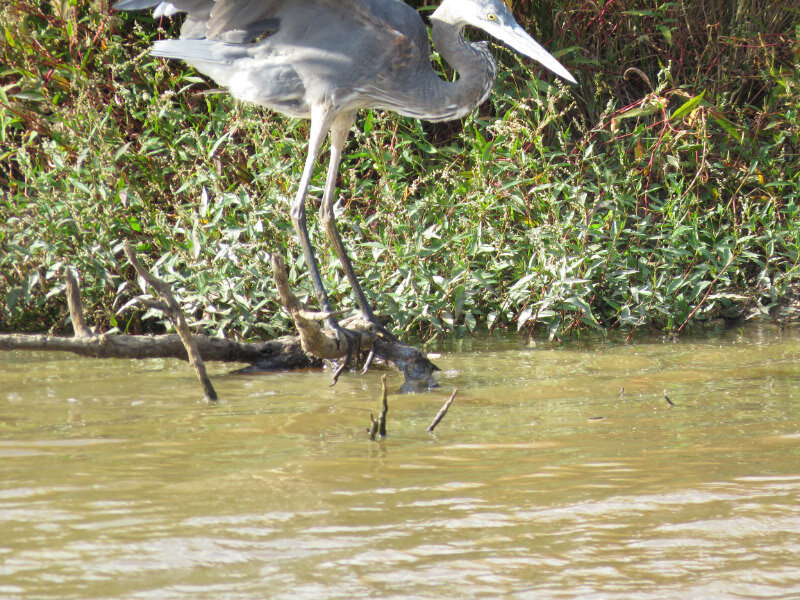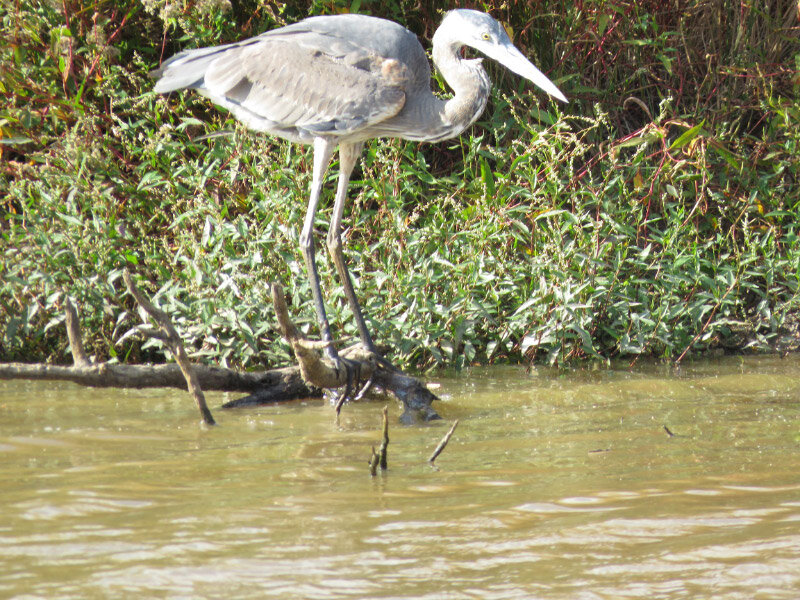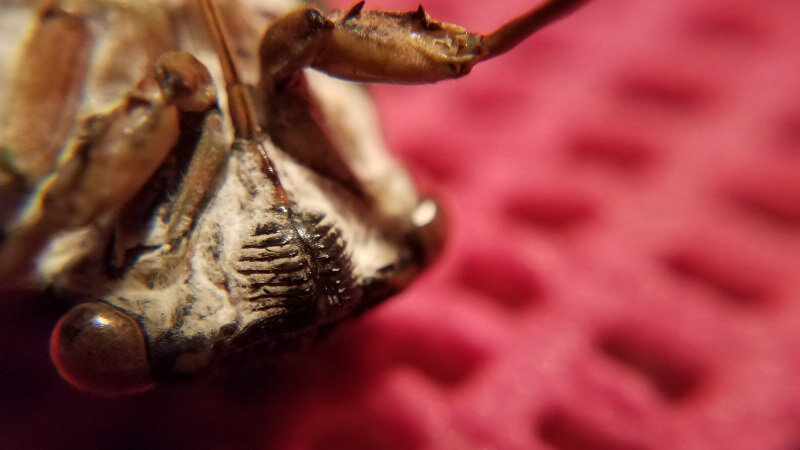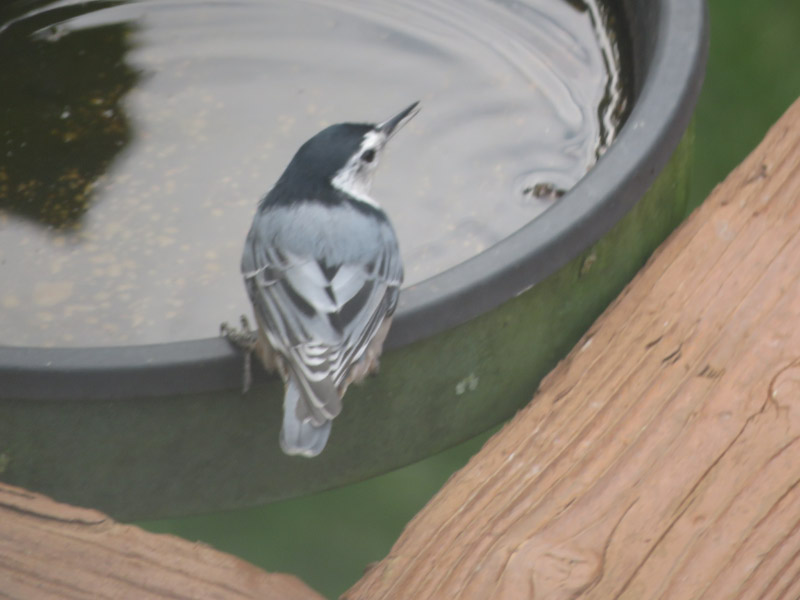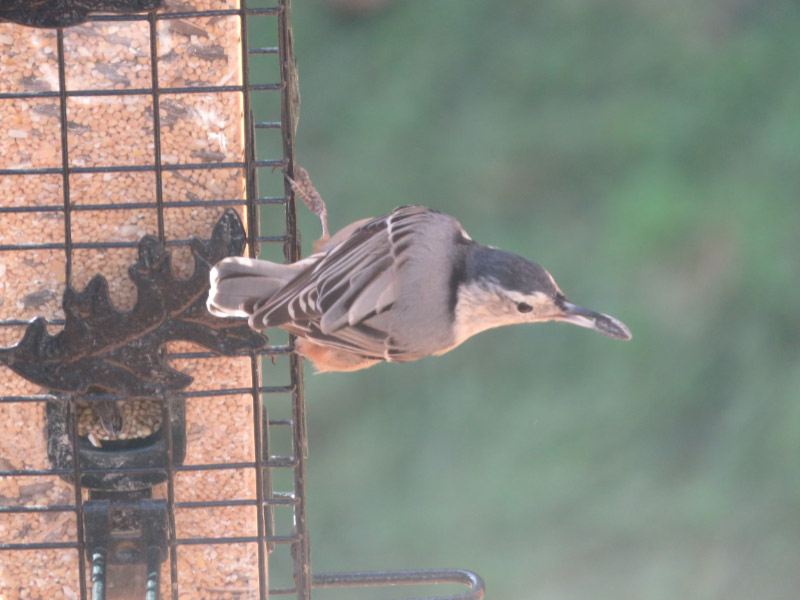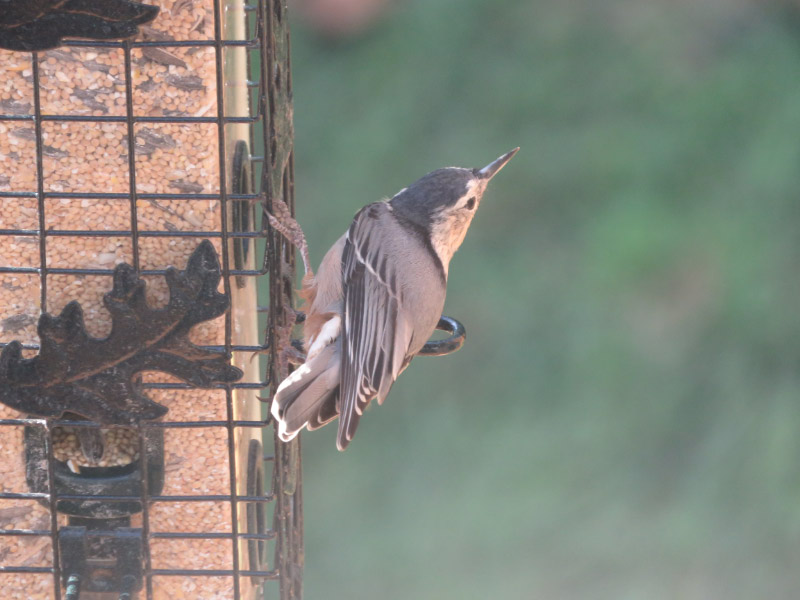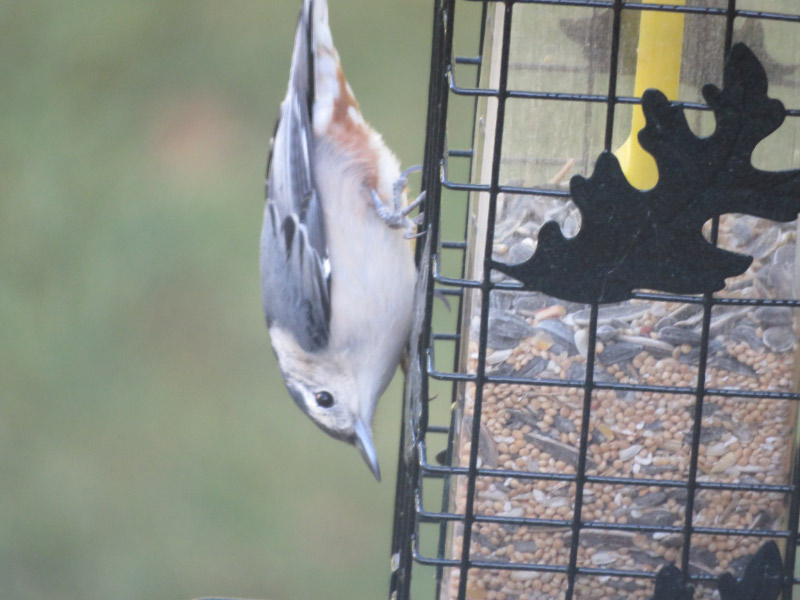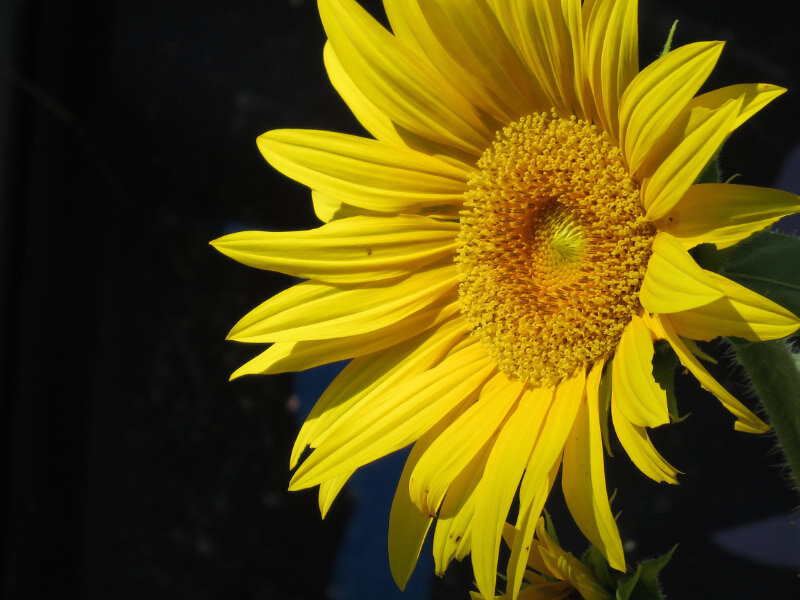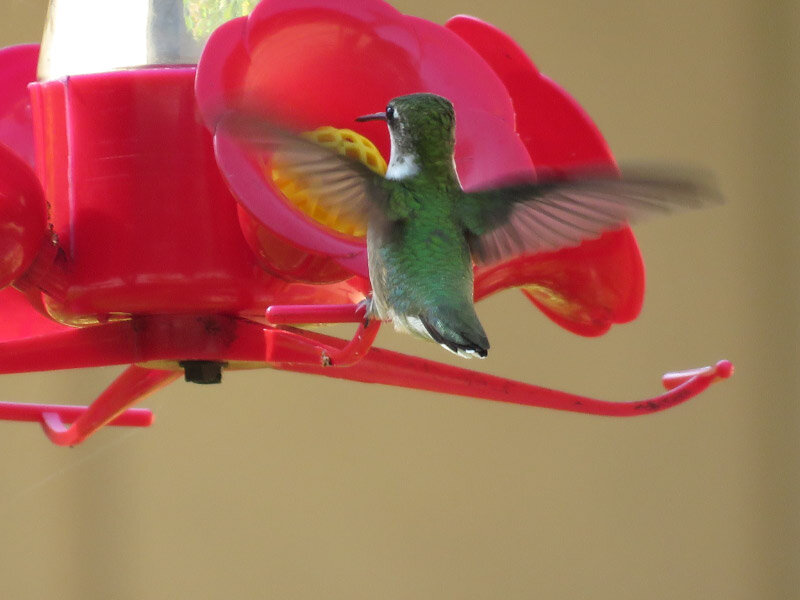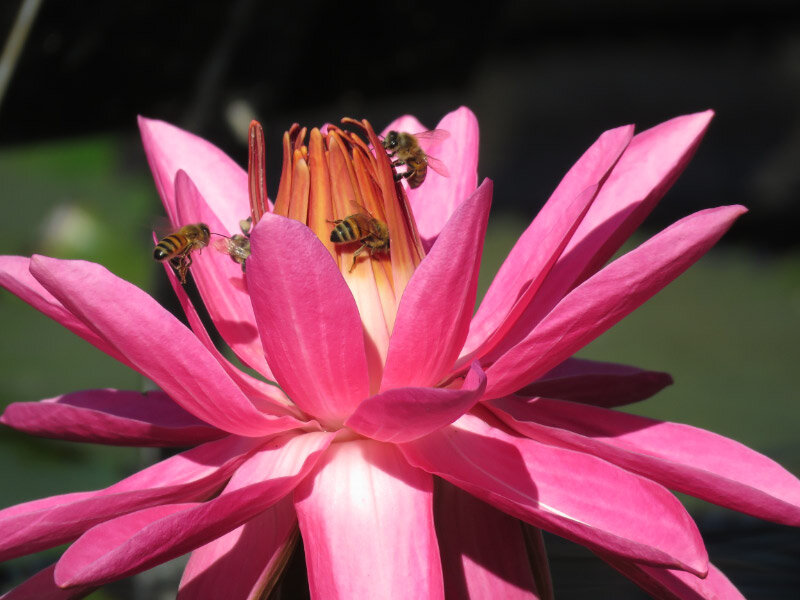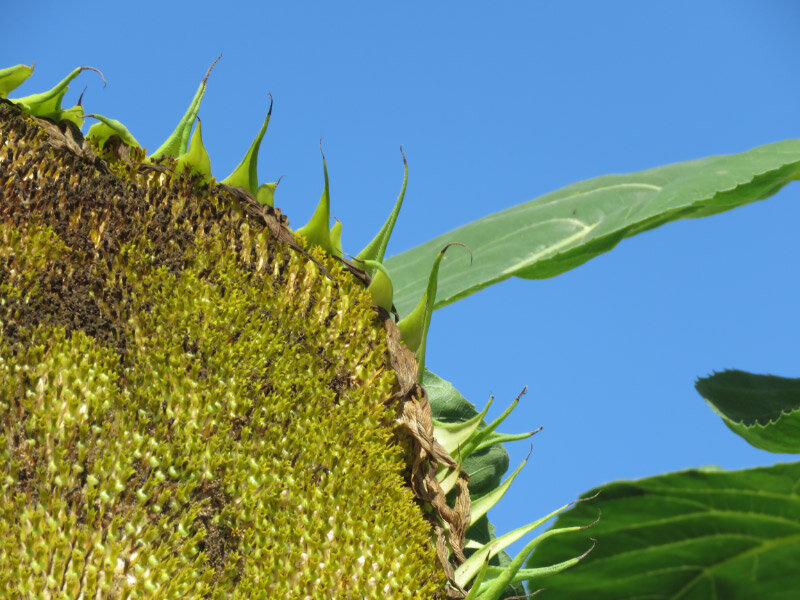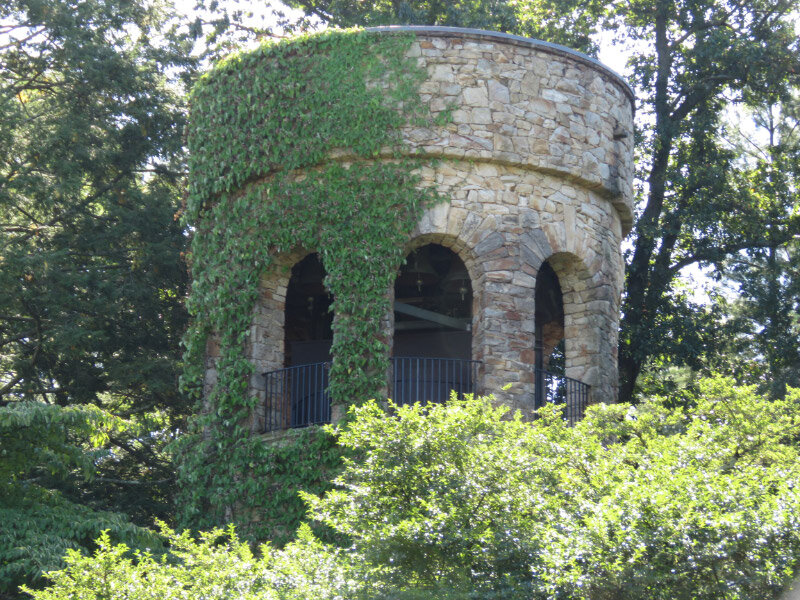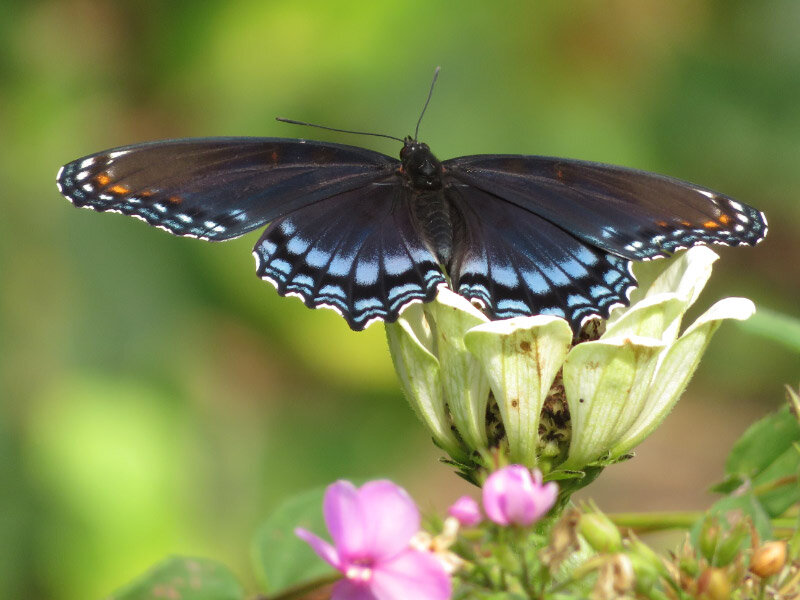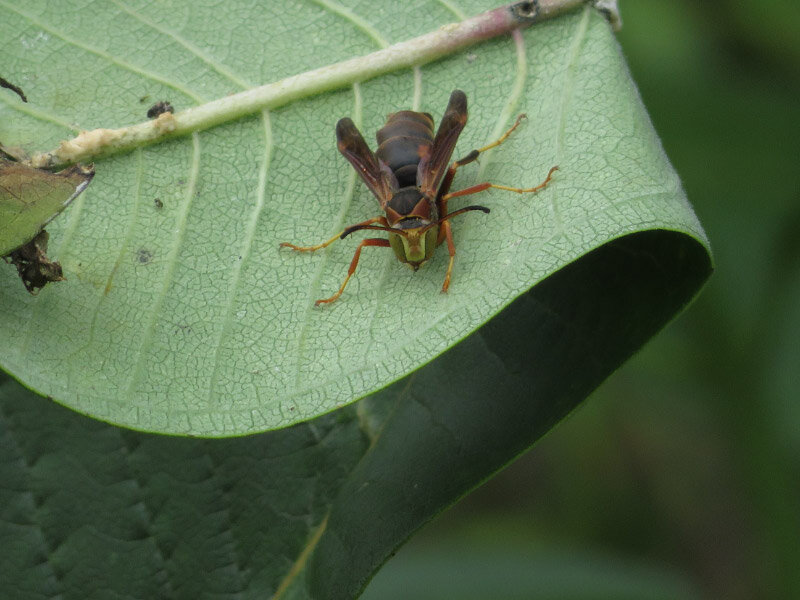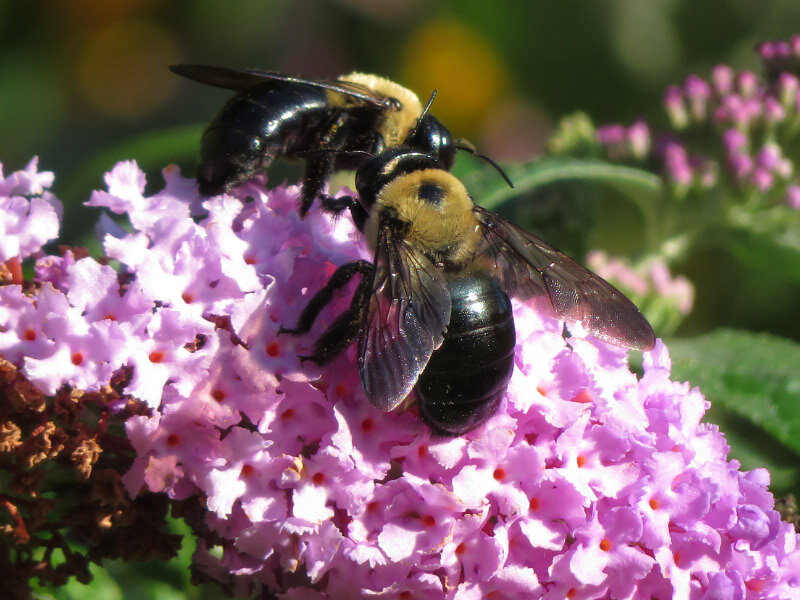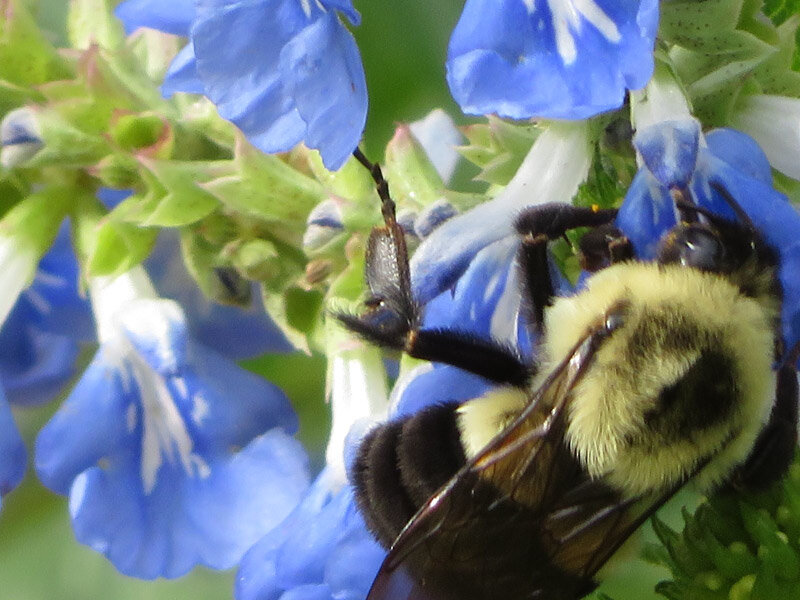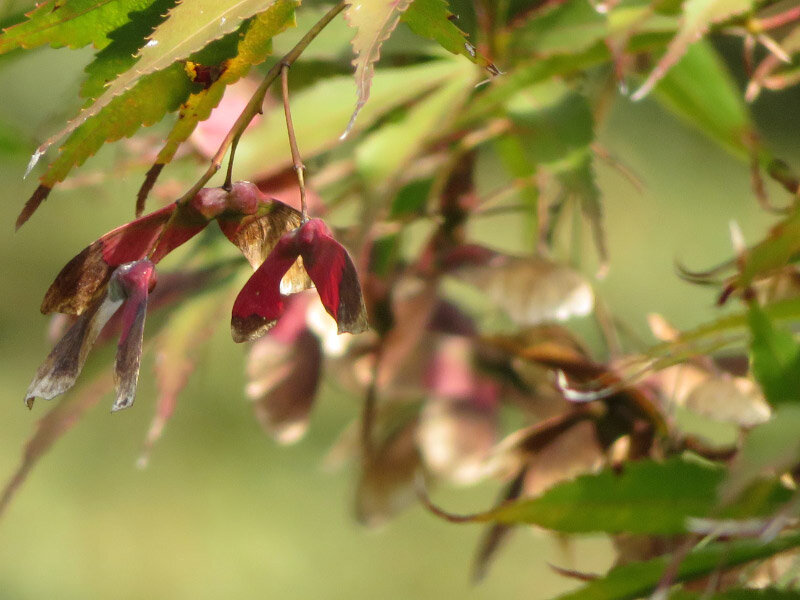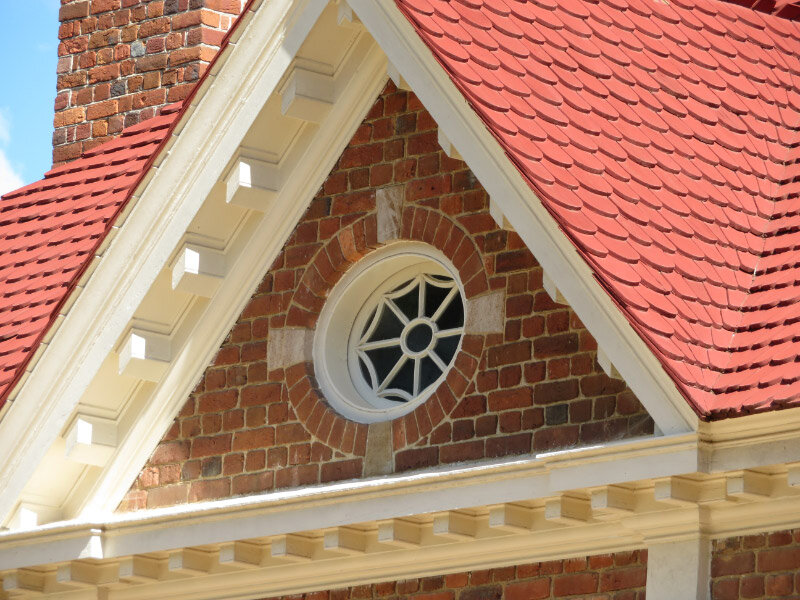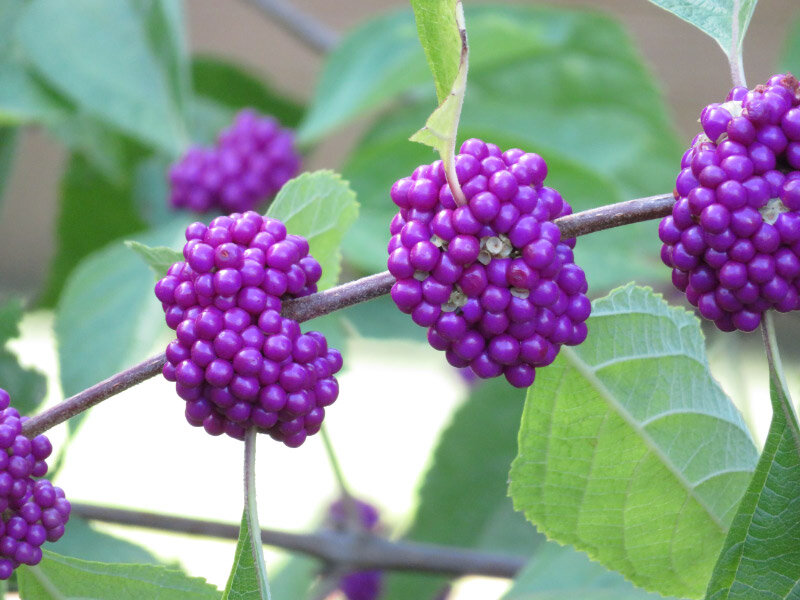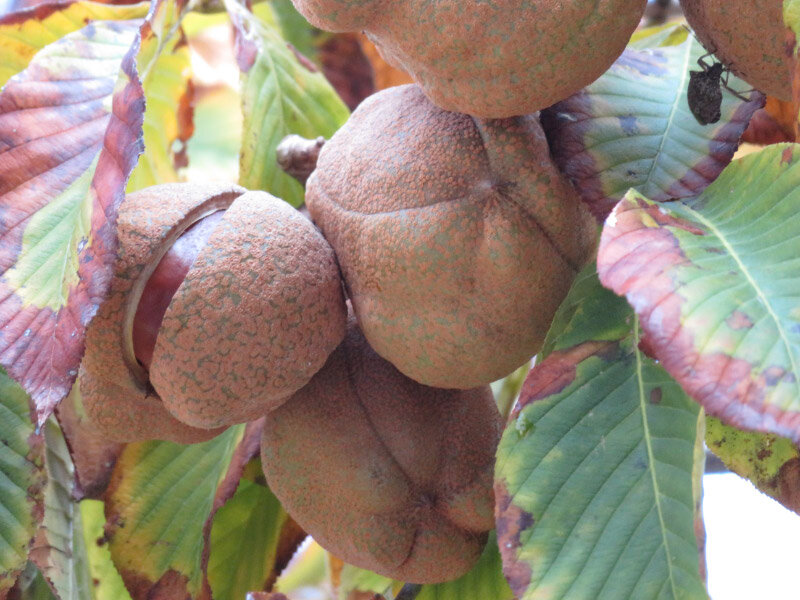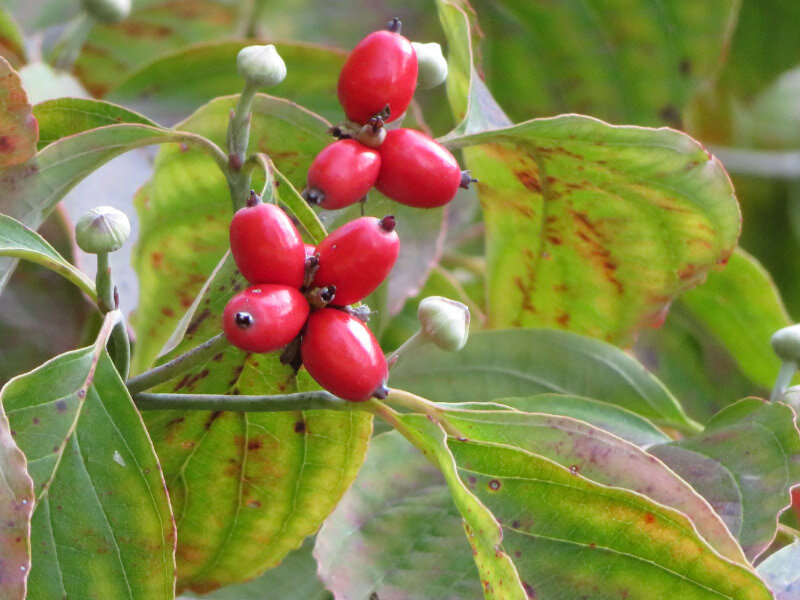Gleanings of the Week Ending October 19, 2019
/The items below were ‘the cream’ of the articles and websites I found this past week. Click on the light green text to look at the article.
New report deepens understanding of wind-wildlife interactions -- ScienceDaily – This article overviews the report. The 24 page report is available here. The amount of collaboration between the industry, government, conservation, academic and scientific organizations is significant and ongoing.
Marsh-Billings-Rockefeller National Historical Park Celebrates Forests – Maybe I’ll go to Vermont for this festival next September – if it’s an annual event.
These surreal jarred fish tell an urgent story of extinction – The Royal D. Suttkus Fish Collection – nearly 8 million preserved fish…a window into how 20th century development changed the Southeastern US fish….a record of that destruction.
No bones about it, this protein slows down fracture-healing -- ScienceDaily - Abundance of ApoE may explain why older people have trouble healing broken bones. Turning off ApoE completely causes fat to be deposited in arteries (a cardiovascular problem) so treatment options may involve lowering ApoE for short periods of time.
O Canada! We Like Your Food Guide – Food guides from Canada (and some other countries) … some differences from the US. Canada merges ‘dairy’ in with protein foods rather than featuring it as an independent group.
Scientists Are Getting Better at Predicting Hurricane Intensity – A new algorithm has been developed to include the complicated physical mechanisms of tropical cyclone dynamics and the way they interact with upper-ocean and atmospheric circulation. It may reduce the error of tropical cyclone prediction within a 24-hour period by 16%. Every little bit of improvement in prediction means better preparations when an intense storm is approaching.
Artworks of the Dark Zone – From caves in Tennessee and Alabama. Artwork incised in mud and inscriptions. A slideshow.
How Penn State is Cutting Greenhouse Emissions in Half – and Saving Money – Kudos to Penn State. I wonder how many other universities are doing similar things.
Empty Meditative Landscapes Visualize the Tranquil Beauty of Silence – A visual treat
Ed Hawkins “Climate Stripes” May be the Most Important Science Image so Far in This Century – Effective visualization of lots of data…becomes information. The next step is action.



